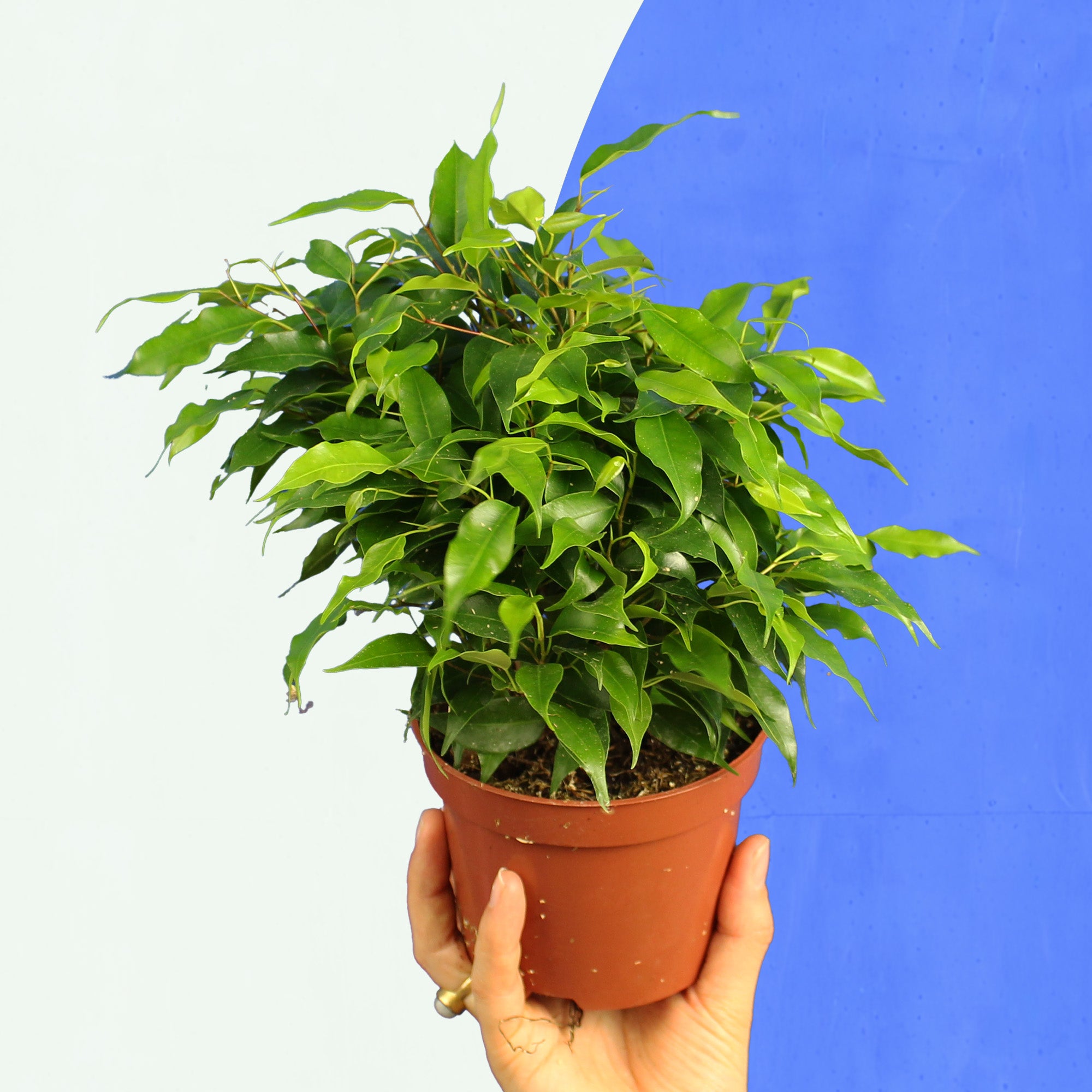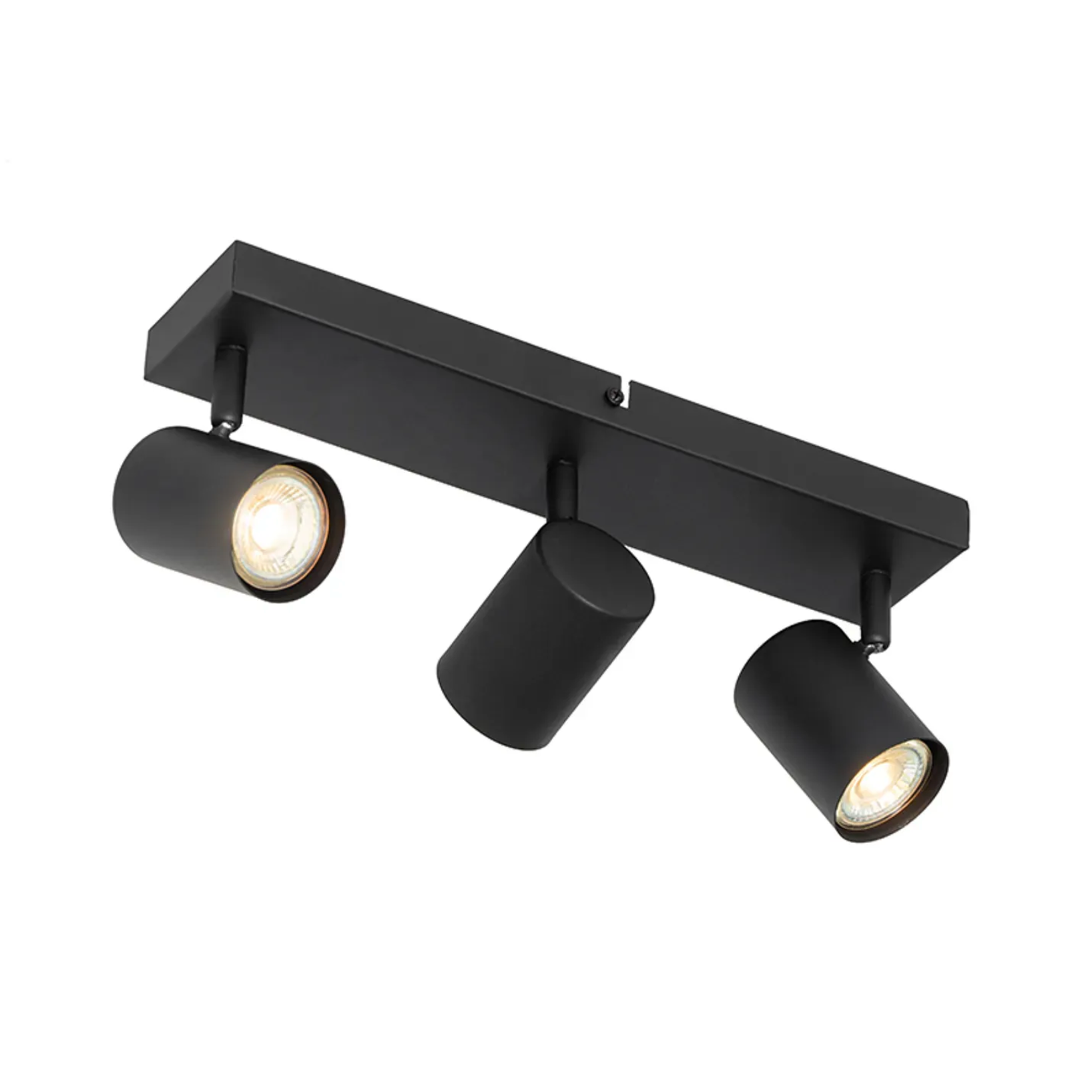Maintaining a vertical garden is easier than you might think. With the right setup, your plants will thrive with minimal effort. Here’s a simple guide to keeping your indoor garden lush and healthy, even if you don’t have a green thumb.
1. Set It Up Right
- Choose Low-Maintenance Plants: Start with plants that are well-suited for indoor environments. Some popular choices include pothos, snake plants, and peace lilies, all of which thrive in moderate light and require little care.
- Optimal Light Conditions: Place your plant wall in a spot with indirect natural light. Avoid direct sunlight, as it can scorch the plants. A north-facing wall is often ideal.
2. Watering Your Plants
One of the key features of a self-watering vertical garden is its low maintenance. Here’s how it works:
- Fill the Reservoir: Simply top off the water reservoir once a month. The system will automatically water your plants, so you won’t need to worry about daily upkeep.
- Check for Watering Issues: Every few weeks, check that the watering system is working properly and that the plants are not over or underwatered.
3. Pruning and Trimming
Even low-maintenance plants need a little TLC. Regularly trim dead or yellowing leaves to encourage new growth and keep the plant wall looking neat. Most plants will benefit from a gentle pruning every couple of months.
4. Replacing Plants
If a plant starts to look unhealthy, don’t be afraid to replace it. Our plant walls are designed to be modular, meaning you can easily swap out individual plants to refresh your garden without removing the entire setup.
5. Enjoy the Benefits
Once your vertical garden is installed and maintained, you’ll enjoy:
- Cleaner Air: Your plants will continue to purify the air in your home.
- Aesthetic Appeal: Your plant wall will remain a beautiful focal point in your room.
- Wellness Boost: Spending time in a space surrounded by plants has been shown to improve mental health and create a more relaxed atmosphere.







